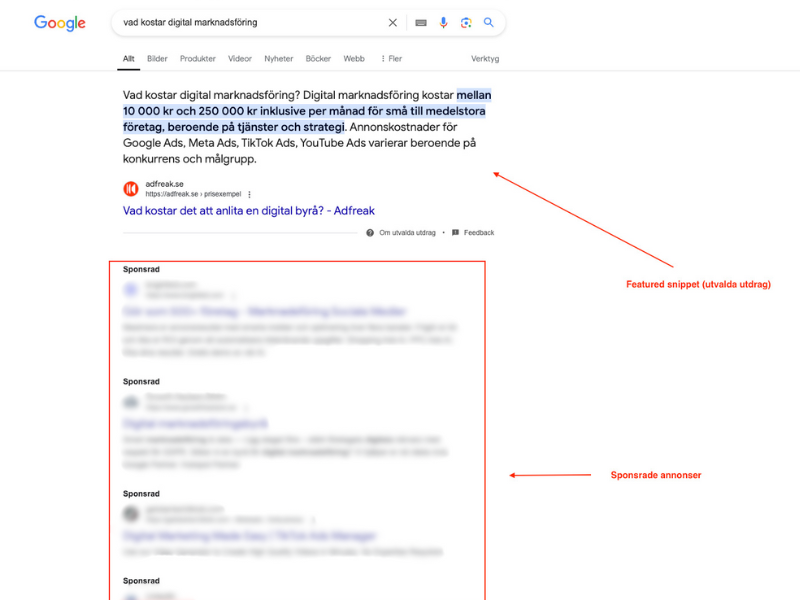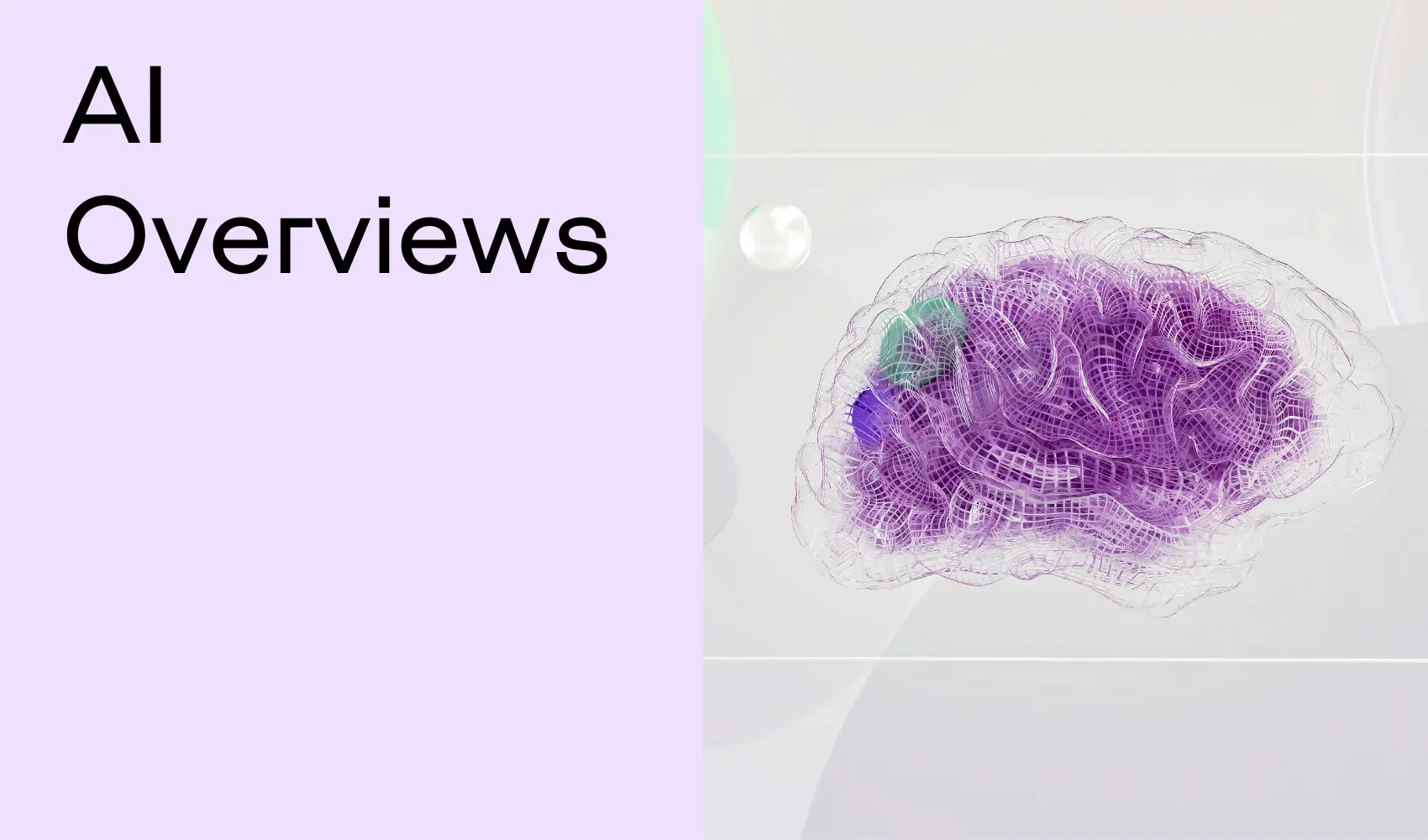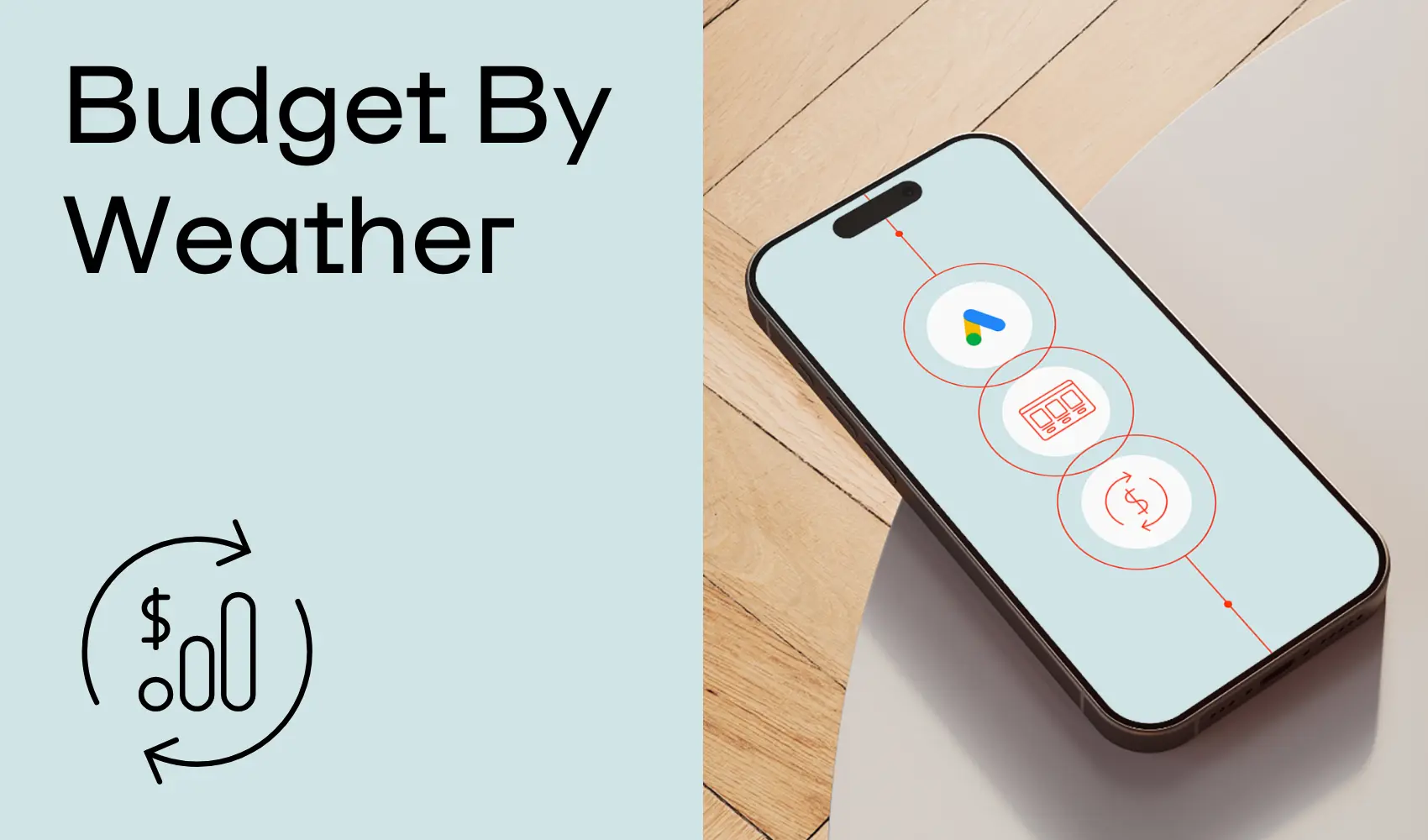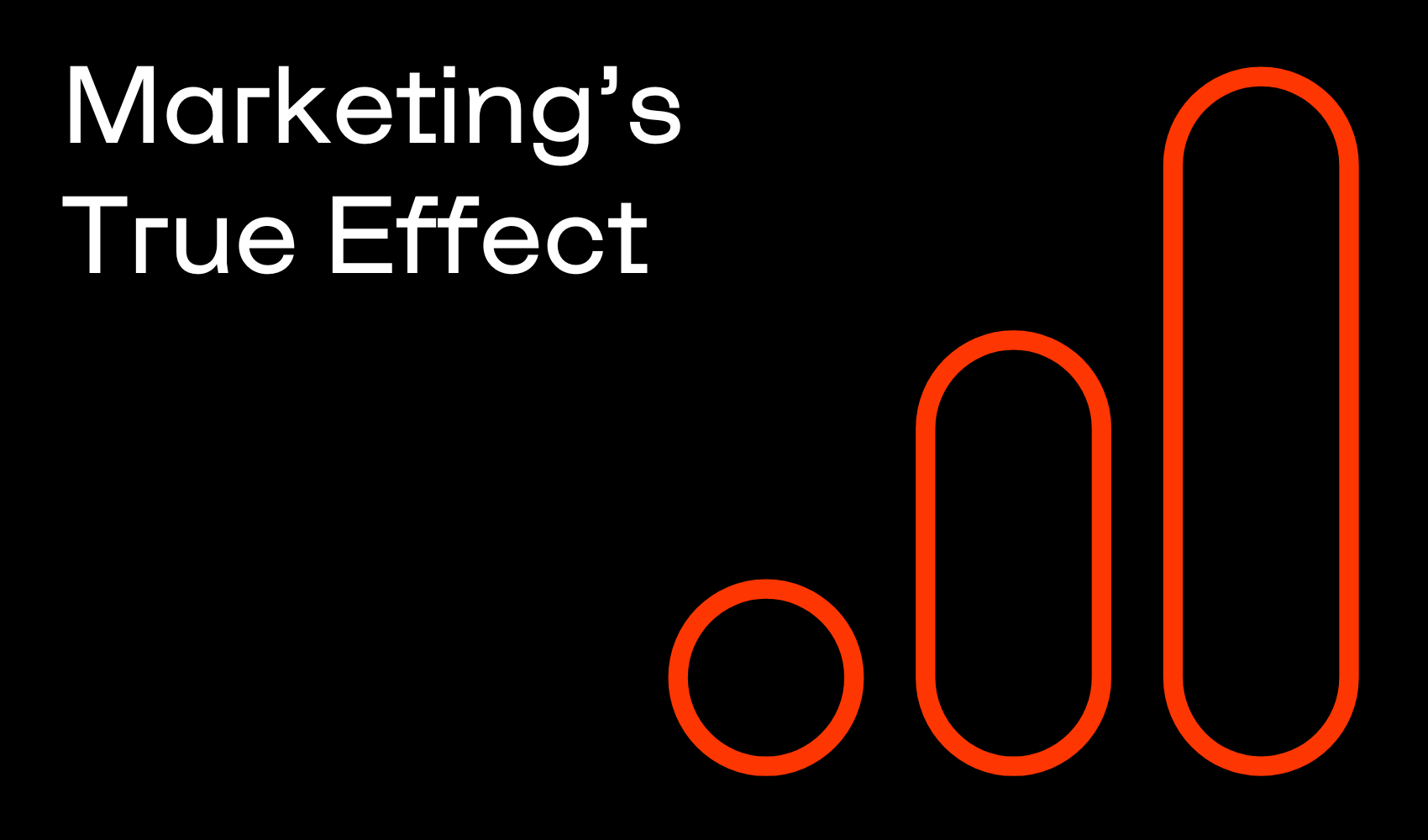With Google delaying the phase-out of third-party cookies until 2025, it's critical for brands and agencies to start planning for a cookie-less future now.
Why wait any longer?
Google's decision to delay the phase-out of third-party cookies until 2025 provides additional time for preparation, but security is found in starting work on it now. Marketers must use this opportunity to strengthen their first-party data strategies and meet the increased demands for privacy and personalization.

Strategies for a cookieless future
Brands' first-party data is a goldmine that can deliver insights about the most valuable audiences. In a world without third-party cookies, it becomes even more important to optimize this data to create meaningful customer experiences. Here are some strategies for maximizing first-party data:
- Update data continuously: Keep data fresh to maximize the effectiveness of marketing efforts.
- Consumer understanding: Conduct first-party research regularly to stay abreast of changing consumer behaviors.
- Segmentation: Develop and refine segmentation strategies to meet consumers' ever-increasing expectations for personalization.
- New metrics: Prepare for the transition from cookies to user and device IDs as the new metrics.
Advantages of first-party data processing
Understanding what your target audience values—whether it's creative campaigns, corporate responsibility, or social media habits—leads to more powerful marketing. By personalizing messages, brands and their agency partners can increase customer loyalty and lifetime value.
Once you have a first-party data strategy in place, working with a partner who can enrich data with timely and actionable insights can lead to better understanding, segmentation and more personalized experiences. These enhanced experiences with rich, relevant and real-time data increase customer lifetime value.




